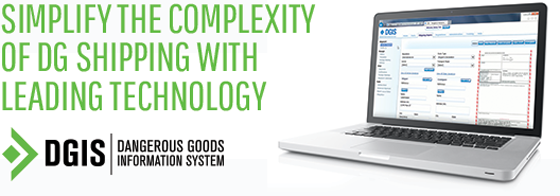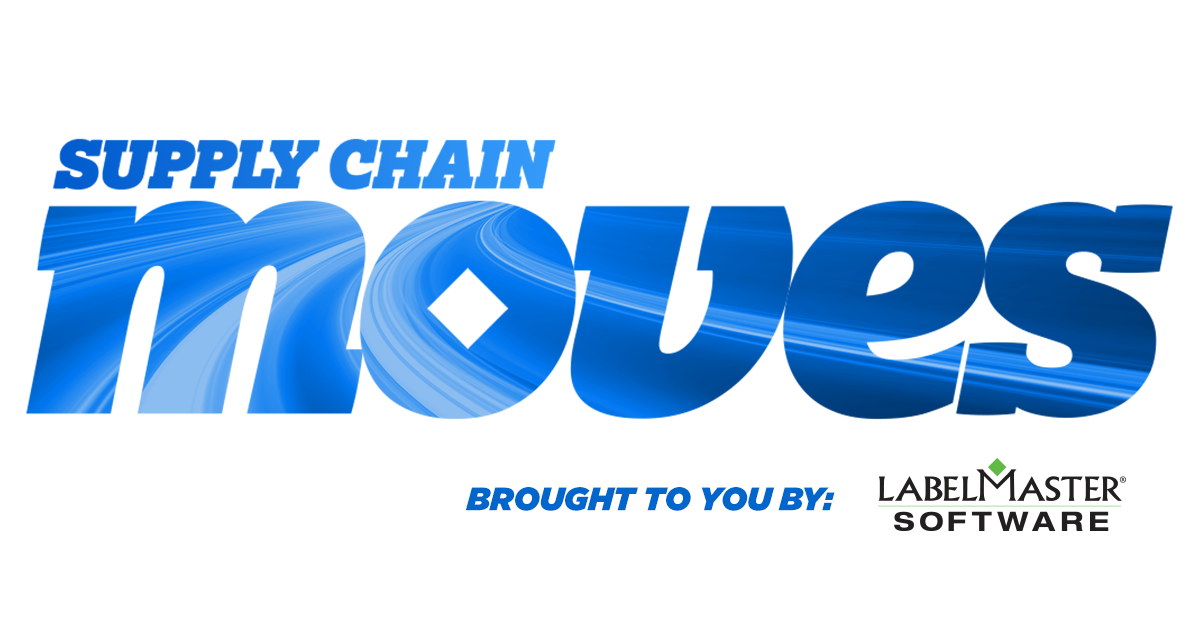

Week of August 12, 2019
Linking technology news with Dangerous Goods compliance
Technology is transforming the way goods are moved around the world. As a result, companies are constantly introducing new innovations into their supply chains in order to stay competitive and meet growing customer demands.
To help companies keep a pulse on technology trends impacting business and the movement of dangerous goods throughout the supply chain, Labelmaster has launched “Supply Chain Moves,” a weekly report linking the latest technology news to dangerous goods compliance.
Let’s examine the recent supply chain technology and industry news.
TECHNOLOGY
- Why is Lithium Battery Recycling Suddenly Sexy?: The next decade will see huge growth in electric vehicles, hybrid vehicles and other devices that use large-format batteries – and all those batteries will need to be recycled or disposed of.
- Integrating Technology into Your Supply Chain: Five Questions You Need to Ask: Advanced technologies are transforming the way products are moved and tracked across the globe today.
- How Blockchain Technology Can Help in Real-world Supply Chain Management: Virtual currencies like Bitcoin are only the earliest use cases of blockchain technology. Blockchain technology will soon find application in real-world supply chain management.
- Unlocking the Potential of Your ERP: Many companies experienced great pain when implementing their enterprise resource planning systems – but still haven’t exploited the full potential of that technology.
- Burgeoning E-commerce Industry to Supplement Growth in the TMS Market: Visible spurt in SMEs and innovations such as cloud-based solutions are likely to aid onward growth trend in the TMS market.
3PL TECH
- Advanced Technologies are Disrupting Transport and Logistics Business Models: A diverse set of suppliers in the transport and logistics ecosystem are developing and deploying innovative technologies – disrupting traditional business models.
- MercuryGate Adds Uber Freight’s Capacity and Pricing to TMS: Shippers using MercuryGate’s TMS will now have access to Uber Freight’s network of carriers, guaranteed capacity and real-time market rates.
- FedEx is Severing Shipping Ties with Amazon as Jeff Bezos’ Company Scales up its own Logistics Operation: FedEx announced that it will end its ground-delivery contract with Amazon later this month, just as Amazon is working to scale up its own logistics services.
Technology & Dangerous Goods Compliance
To succeed in today’s dynamic, highly-competitive environment, companies are continuing to adopt new technologies that deliver efficiencies and help meet growing customer demands. Unfortunately, as DHL Supply Chain’s Adrian Kumar points out in a recent article in Material Handling & Logistics, “many companies learn the hard way that when it comes to supply chain technology, it is not ‘one size fits all’ or ‘technology for technology’s sake.’”
Kumar stresses the importance of selecting the right technology based on your unique operating profile and future outlook of your business. He goes on to outline five key questions to ask when considering and evaluating the integration of new technologies into the supply chain.
- Is the technology a fit with your business profile?
- What are the key drivers: economics, service level, or both?
- Is your business stable or do you need flexibility?
- Do you have clearly defined processes that lend themselves to automation?
- What impact will the technology have on your workforce, both direct and managerial?
Kumar stresses the importance of having the right processes in place to support the technology, adding, “A broken process could quickly derail an automation project.”
For dangerous goods shippers, it’s important to make compliance part of the evaluation (and eventually the implementation) process. Will existing compliance processes and systems integrate seamlessly with the new technology? Can you still ensure compliance across all locations and departments?
If not, you may learn the hard way that your new technology investment may not deliver as great of an ROI as you had intended.
Is compliance part of your technology evaluating process?
To learn more about Labelmaster’s software and integration capabilities, visit https://www.labelmaster.com/software.

Labelmaster’s Dangerous Goods Information System (DGIS) is the leading SaaS solution to help companies more efficiently and accurately manage their Dangerous Goods shipments. DGIS validates your Dangerous Goods shipment data against the latest regulations, ensuring a more efficient supply chain and reducing friction found in Dangerous Goods shipments. DGIS is a certified partner/validation solution with ERP, transportation and warehouse management systems.

